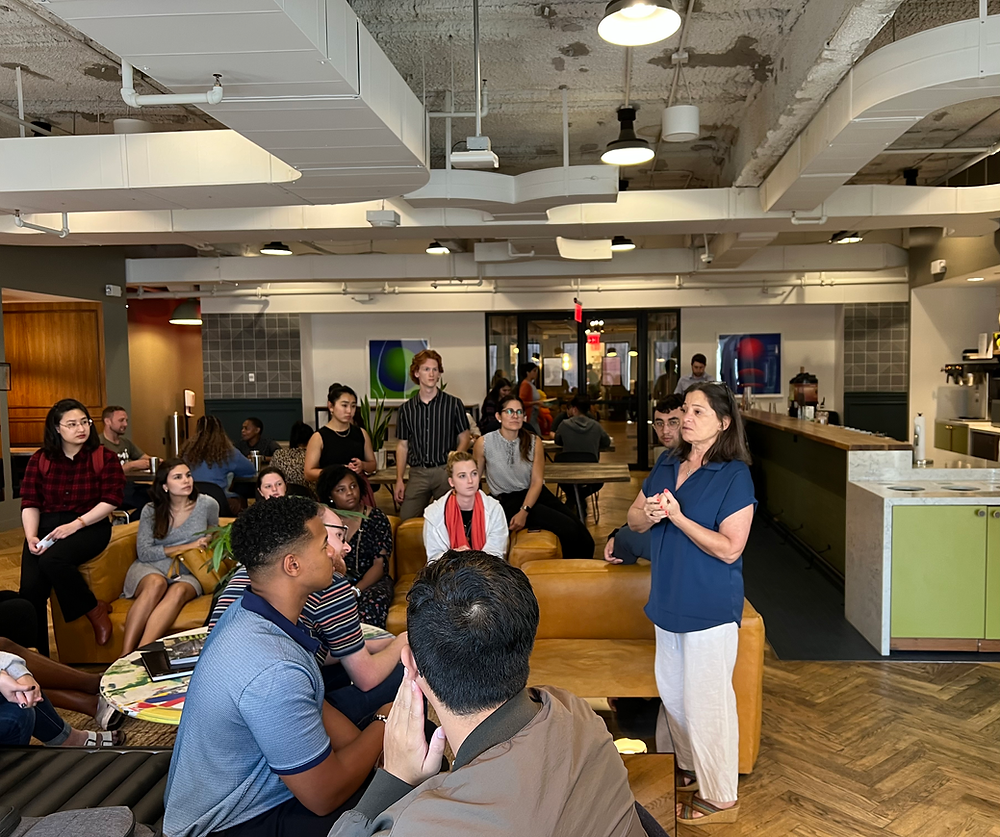NMGZ paid a visit to the Museum of Public Relations (PR) in New York to meet with Director and Co-Founder Shelley Spector. She showed the community some of the museum’s artifacts, including documents about the development of early advertising campaigns and communications between some founders in the field.
In addition, she shared an anecdote from several years prior as the Museum was starting to share its collections. After browsing the archives for a few minutes, a student of color asked Spector, “Why doesn’t anyone in here look like me?” This question shocked Spector and changed the way she approached her work.
Previously, she collected artifacts related to famous individuals, including the nephew of Sigmund Freud, Edward Bernays, the father of public relations, and PT Barnum, the circus master. Communication and public relations history courses will likely mention these names as leading figures in the field.
However, the student’s query raised an interesting point and one that Spector has since worked to address: By limiting the stories we include in our historical timelines, we limit the opportunity for current generations to see themselves represented in our history.
Following the interaction, Spector has made a concerted effort to expand the stories showcased in the Museum of PR. She has collected letters from Ida B. Wells, a founding member of the National Association for the Advancement of Colored People (NAACP), and images from Frederick Douglass’ campaign to change the stereotypical images of Black men in the post-Civil War sharecropping society. These individuals, among others, changed the nature of American society with their advertising-based work. However, they were excluded from PR history because they were not allowed to work in the field during their lifetimes due to the color of their skin.
This historical accuracy issue is not limited to the collections at the Museum of PR. It is being addressed in legislatures across the United States as they debate curriculum and which sections of history should be taught in the classroom. More often than not, the decision is made to take a more limited stance. It’s common to suggest that this is dangerous because we’re doomed to repeat history if we don’t know it.
The Museum of PR’s collection adds a layer to this argument through its expansion. We must move away from exclusionary narratives and towards ones that accurately share the diverse stories of those who influenced our development so that upcoming generations from diverse backgrounds have access to role models that they can emulate.
In other words, we need accurate narratives so we can repeat the positive aspects of our history to avoid the negative aspects.

